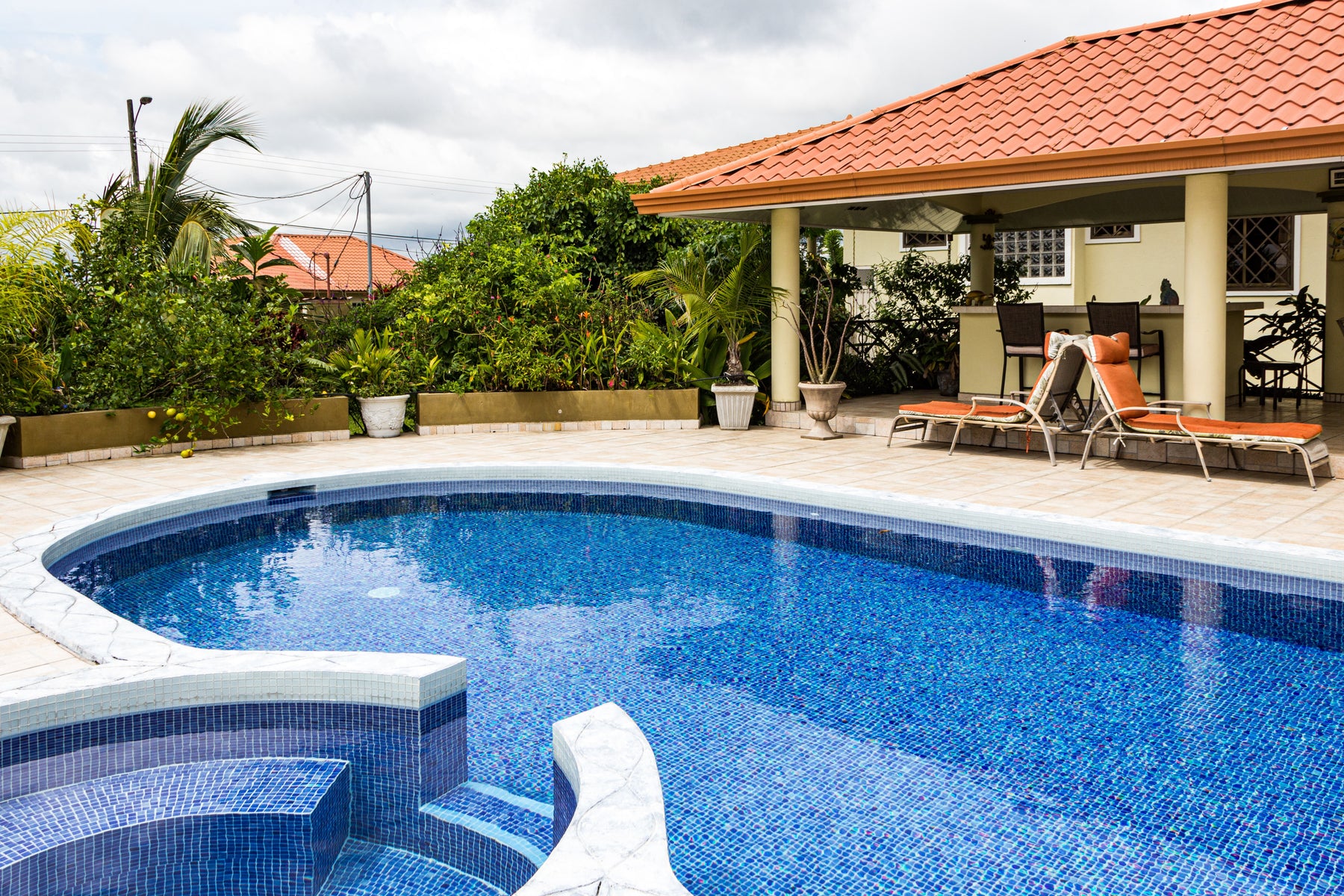
Where Should You Position Your Outdoor Security Cameras?
Having and Positing Security Cameras in the right places make a huge difference.
Statistics has shown that visible security deters burglars, meaning that a house with some form of security system is much less attractive to burglars. However, one big mistake a lot of people make with their outdoor security cameras is poor positioning, which results in missing the burglars in the act. This post we're taking a closer look at the best places to install your security cameras to catch burglars. The main purpose is to show you effective placement of your outdoor security cameras.
When we think of burglars, most people tend to assume that they're lazy and take chances, but that's not exactly how they do it. They often know about home security than average home owners, and would determine whether a property has an effective home security system before planning or committing the crime. They will know if your alarm or outdoor security cameras are good enough for them to worry about. If the property looks too secure they would look for an easier alternative, of course.
Placement
Carefully placed outdoor security cameras not only deter potential burglars, they also identify clearly the intruders that didn't notice the cameras and increase the chances of catching them afterwards. There are four major places to put a home security camera: 1) Front door, 2) Side and back doors, 3) First floor windows, 4) Garage. Now, let's take a closer look into each area.
#1 Front Door
There's no doubt a front door camera is necessary to protect your property. According to statistics, around 34% of all burglars enter homes through the front door. Some common mistakes homeowners tend to make are to place the main camera on the eaves of their roofs, or to stick cameras on the second floor (in two-story structures). The best way to place your security camera is about 7ft. (approx 2.13m) up, and pointing down at a suitable angle that you can record the face of burglars. Having a camera pointing down at the front door can significantly deter burglars from the outset.
#2 Back and Side Doors
You should have your second security camera at the back door since it is the second most popular point of entry for burglars. Burglars know that back doors of most homes are not as secure as the front. If the front and back doors are not a good choice the burglar will either move on to next property of take their chance at a side door.
When you're installing your back and side door cameras, make sure you position the camera at a place that can cover both the window and the door. Consider the backyard in a bigger picture, such as the entrance to it. If there's a shed in your backyard you should have one camera pointing to it as well. Whatever camera systems you choose, always use the fully weatherproof ones (IP66 or IP67) so that they can resist all kinds of outdoor conditions.
#3 First Floor Windows
According to statistics, around 23% burglars will break into a home from the first floor window if they can't enter the property through the front, back, or side doors. Usually windows that are not facing the street are more popular, so if you have windows facing backyard or sideways you should have your outdoor cameras there. A visible indoor security camera placed at an angle looking out at the window is another good choice.
#4 Garages
Some houses have adjacent garages and these are usually burglars' last attempt after failing to break in through the doors and windows. Pointing a security camera at your garage doors visibly would be really beneficial. Consider a wide angle camera that covers multiple points if your garage door is wide or there are windows adjacent to it. Another consideration is lighting. Too much light or reflections in daytime can damage the footage, making it useless.
Final Thoughts
This piece is just a quick guide on placement of outdoor cameras. If you need to explore the camera types, their functions, pros and cons, please browse our collections and read specifications sheet. We carry plenty of great cameras. You may also want to look at our posts about comparing different types of cameras, Color24, IR cameras, Smart Security Light Camera, and Thermal cameras.

Leave a comment